INSPIRATION
All Thing Weird and Wonderful
OPEN CALL
Photographers pushing the boundaries of technique in exciting ways
These days, there’s something liberating about the simplicity of taking an image.
The first photographers needed to hone their skills significantly in order to produce anything worth viewing, carefully controlling in-camera parameters, and then working meticulously in the darkroom to process them into something intelligible. But now more than ever, with almost all of us carrying a high-quality camera in the form of a smartphone, it’s simply a case of pick up, point and click. The camera, if we ask it to, can choose the point of focus and handle aperture, shutter speed and ISO for us.
That’s not to say this approach isn’t valid – end product matters just as much as process and digital cameras with automated settings have created many a stunning photo, even if the photographer didn’t know their f-stop from their EV. And nor does it mean there isn’t a real value in learning the theory – working with analog cameras or manual settings for pleasure, and to really understand how different settings interact and impact the final image. But it does mean that the challenge to stand-out, to produce work that will get noticed, becomes harder. Ease breeds ubiquity.
The response of some photographers is to get creative with the technology, whether re-appropriating old techniques or inventing new ones. There’s something hugely exciting about this innovation when done well, most of all when the process marries with the subject matter. To coincide with our August 2022 Open Call competition – where we accept photography of any style, subject matter and genre – we’ve pulled together a short list of photographers pushing the boundaries of technique in exciting ways, whether dizzyingly technical or beguilingly DIY.
It isn’t conclusive of course, and it absolutely doesn’t mean that you have to experiment with madcap techniques in order to submit to the competition – any and all photographic methods work for us – but hopefully it provides some inspiration and gets your creative juices flowing. Head over to our social media to tell us what you think and who would be on your list…
(Banner image: Mariah Robertson)
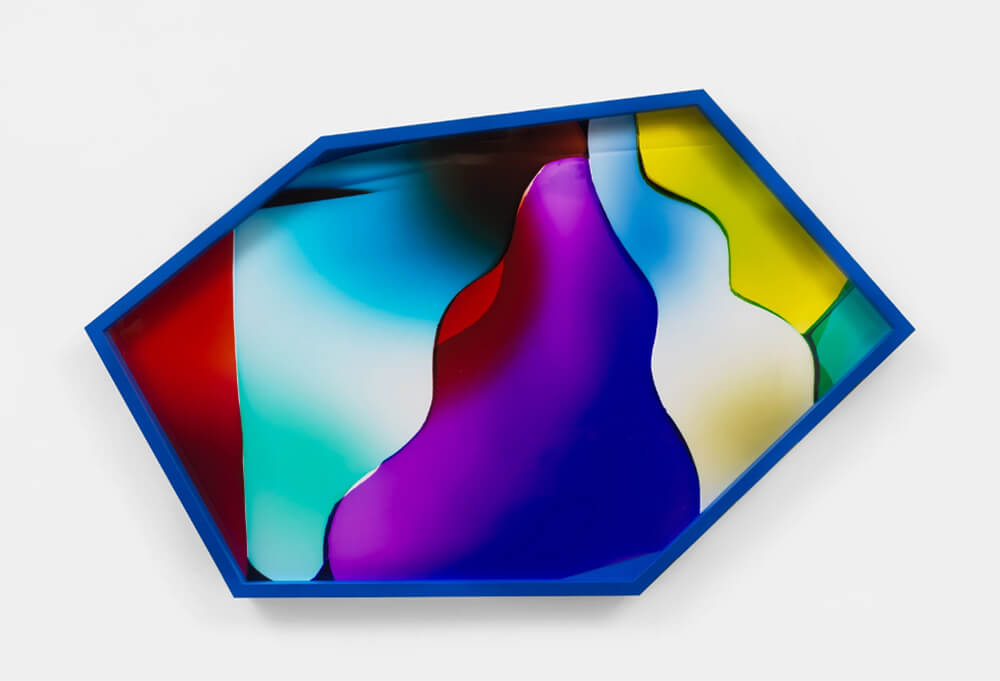
MARIAH ROBERTSON
Image © Mariah Robertson. See more at www.mariahrobertson.com / @robertsonmariah
Photography doesn’t get much more experimental than in working without a camera. Borne from a studio mistake – accidentally exposing a roll of metallic film and being inspired by the result – Robertson’s ceaseless darkroom experimentation has yielded gorgeous and entirely singular abstract pieces that occupy the boundaries of photography as a medium.
For her most recent series Repetition & Difference she creates colorful, geometric prints working in pitch black in her darkroom, exposing photographic paper to light for brief periods of time while experimenting with movement, masks and gels. A sort of private performance, Robertson describes herself as an “operator”, undertaking a set of actions based on replication and repetition. While this might sound a little intellectual or even cold, the results are infused with emotion – at once chaotic and tranquil – and an aesthetic beauty reminiscent of a contemporary take on the art of stained-glass windows. They are playful, sensorial and wholly unique.
Her creativity extends to how some of the works are presented for display, in colorful, custom-made irregular geometric frames that emphasize the balance of the organic and the mechanical that her process entails.
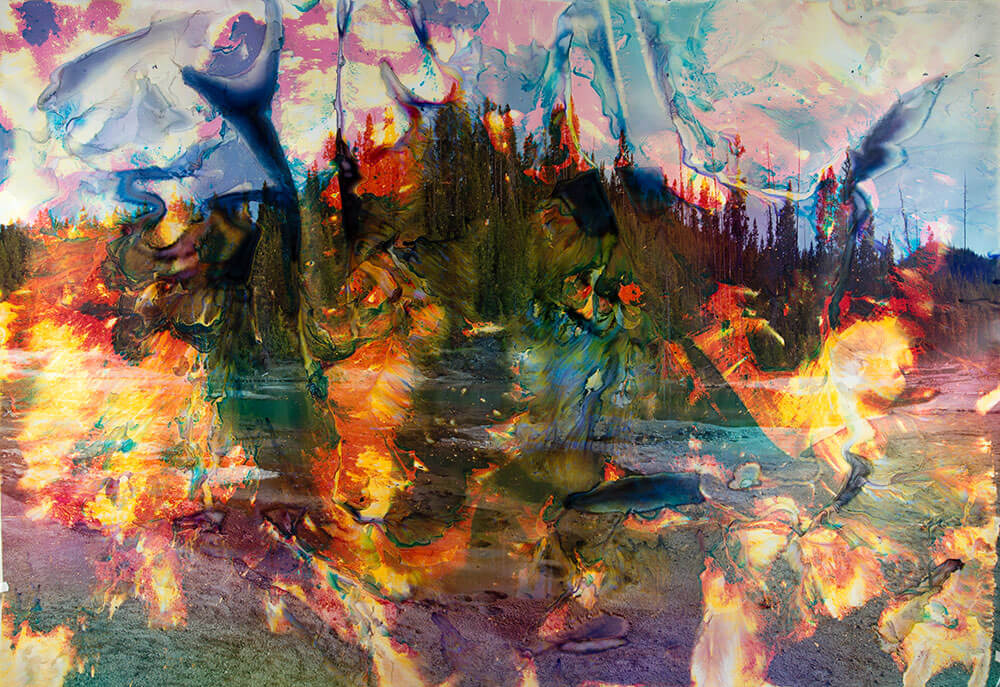
MATTHEW BRANDT
Image © Matthew Brandt. See more at www.matthewbrandt.com
Subverting the genre of landscape photography – one often governed by tradition and the pursuit of perfection – the psychedelic, deliberately imperfect images from Brandt’s series Lakes and Reservoirs are created in a clever and curious way, where the landscape is quite literally part of the process.
He takes photos of lakes and reservoirs, as the title might suggest, but then leaves them to decay for days or months in water taken from the sites they portray. Adding colored dyes and light-sensitive emulsions, perhaps representative of the pollution we as humans impart on these watercourses, he finds an unexpected beauty in this act of decomposition, the results sometimes evoking watercolors, other times burning or light creep. While the metaphor of environmental degradation is hard to ignore, they are also a celebration – both of the beauty of these landscapes, Brandt’s individuality, and the power of opening a process up to chance and surprise.
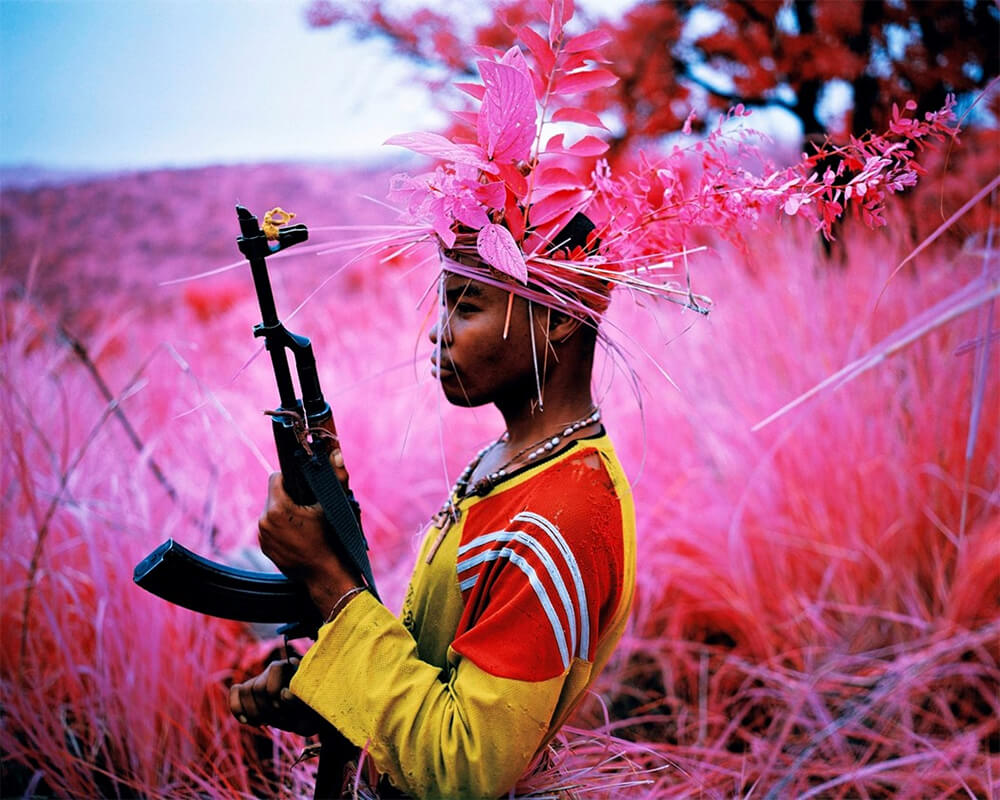
RICHARD MOSSE
Image © Richard Mosse. See more at www.richardmosse.com
War photography is not a branch of photography one would usually associate with experimental creativity, but that’s exactly what makes Mosse’s breakout series The Enclave so arresting. Using an extinct type of infrared military film, he travelled to the Democratic Republic of Congo to document the war that has ravaged there since 1998, and through which over 5 million people have died.
So brutal and complex is the war, and the pockets of violence that remain as rebel groups continue to operate, it is often said to defy communication, living outside of the global consciousness. But Mosse finds a new way to communicate its horrors, capturing its scene in a vibrant, psychedelic palette of pinks, reds and crimsons. In doing so he underscores the tragedy, making it impossible to ignore – images that at first seem lush and alluring slowly reveal themselves to be grotesque and terrifying.
With an extraordinary juxtaposition of beauty and violence, Mosse shines a new light on the absurdity of war with a technique that has been utilized by other since, and perhaps before, but never to such devastating effect.
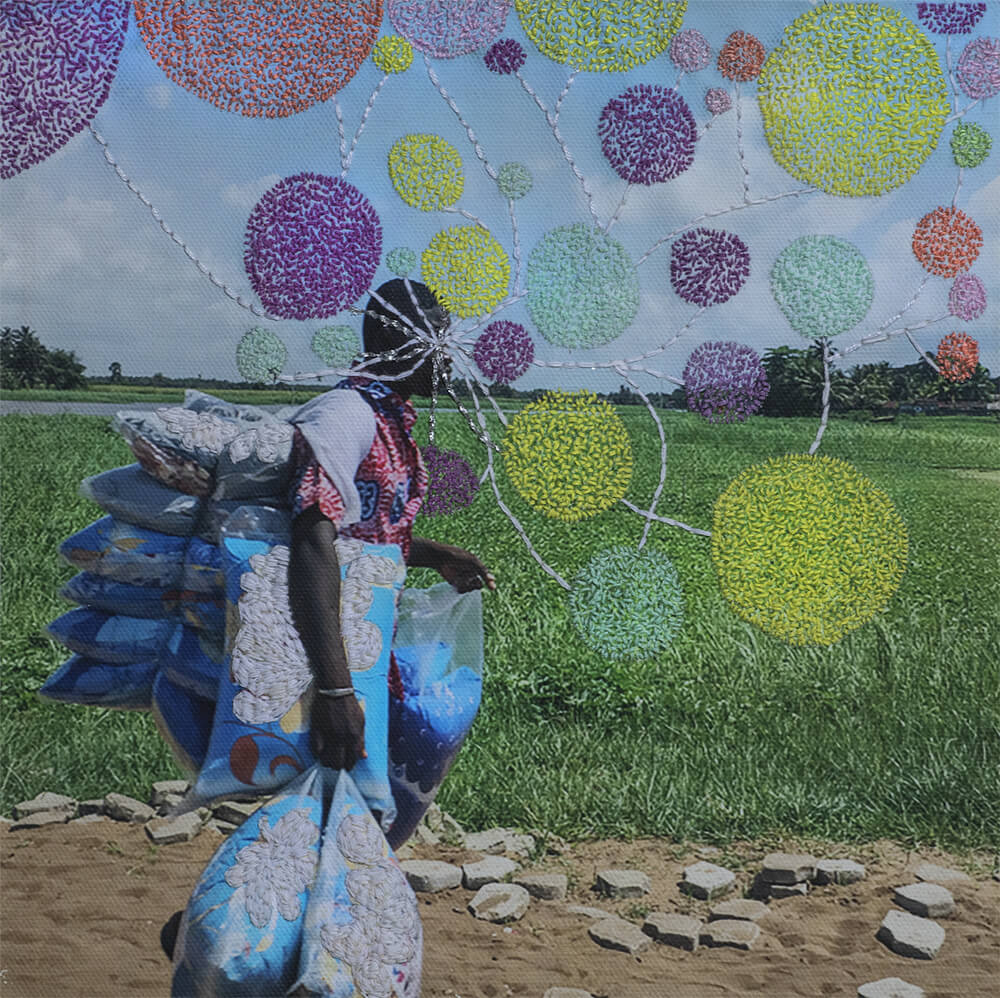
JOANA CHOUMALI
Image © Joana Choumali. See more at www.joanachoumali.com / @joana_choumali
With her series Ça va aller (It will be OK), Ivorian photographer Choumali became the first ever African to win the prestigious Prix Pictet, that year based on the theme of ‘Hope’. Taking images three weeks after the March 2016 terrorist attacks at the Grand Bassam beach in her home country, a place where she would holiday throughout her childhood, she overlays each with intricate and colorful hand-embroidered patterns.
For her, it was a way to process the horrendous act – to grieve, ruminate and recover in a methodical and meditative way – but also represent an act of defiance, layering the painful reality with beauty, imagination and hope. On a conceptual level, the result is a celebration of resilience, of ability of the human spirit to recover and grow from tragedy. But built from images taken on an iPhone and adorned with simple thread, it’s also a reminder that wonderful things can be created with the humblest of tools and processes.
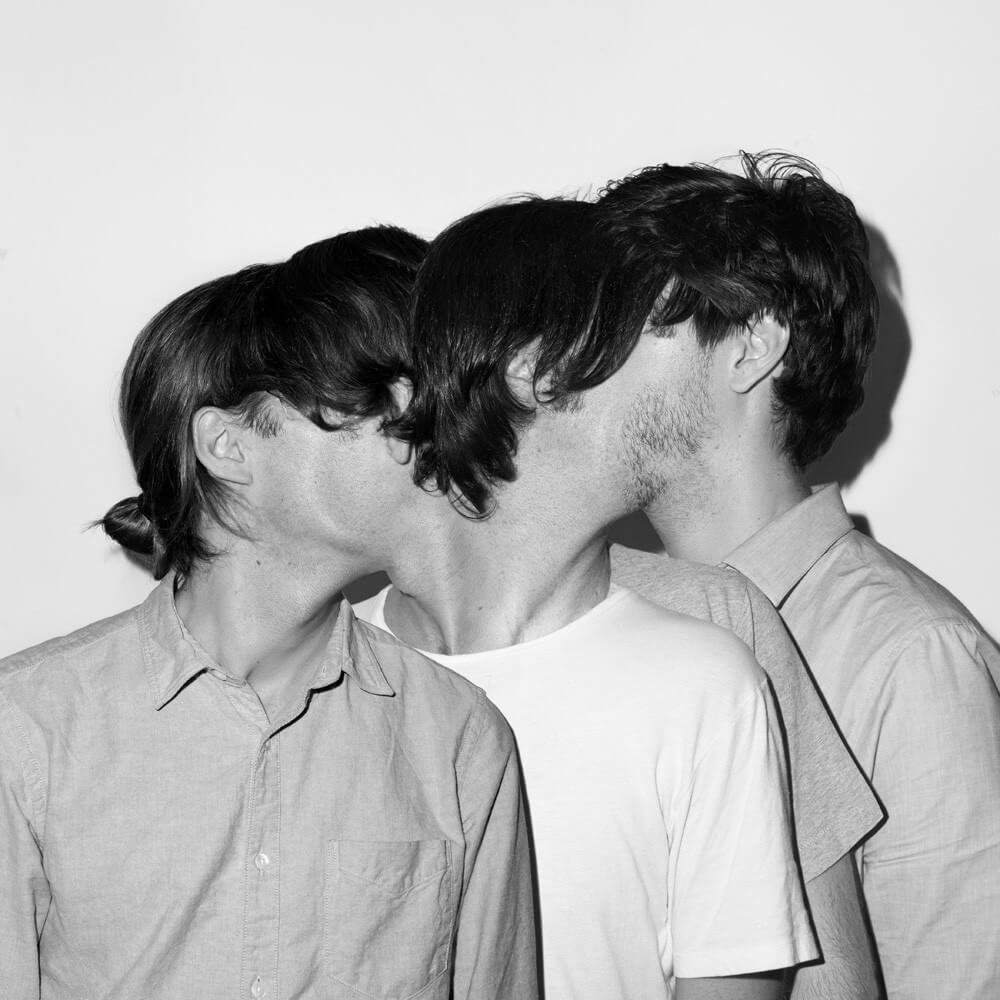
ASGER CARLSEN
Image © Asger Carlsen. See more at www.asgercarlsen.com / @asgercarlsen
Like Escher’s impossible architecture, Carlsen creates impossible bodies. Drawing a line somewhere between photography and sculpture, based on a masterful use of digital manipulation, he approaches the human body in a completely original, totally singular way. At once recognizable as human, but simultaneously as strange, his images show masses of skin, fat and appendages – mutilated forms that are both grotesque and monstrous, and oddly alluring, at times even amusing.
He describes his technique of creation as one of accumulation – collecting interesting images of the body, and then knitting them into humanesque forms using post-processing software. The resulting images are as much a comment on the body as they are on art itself.
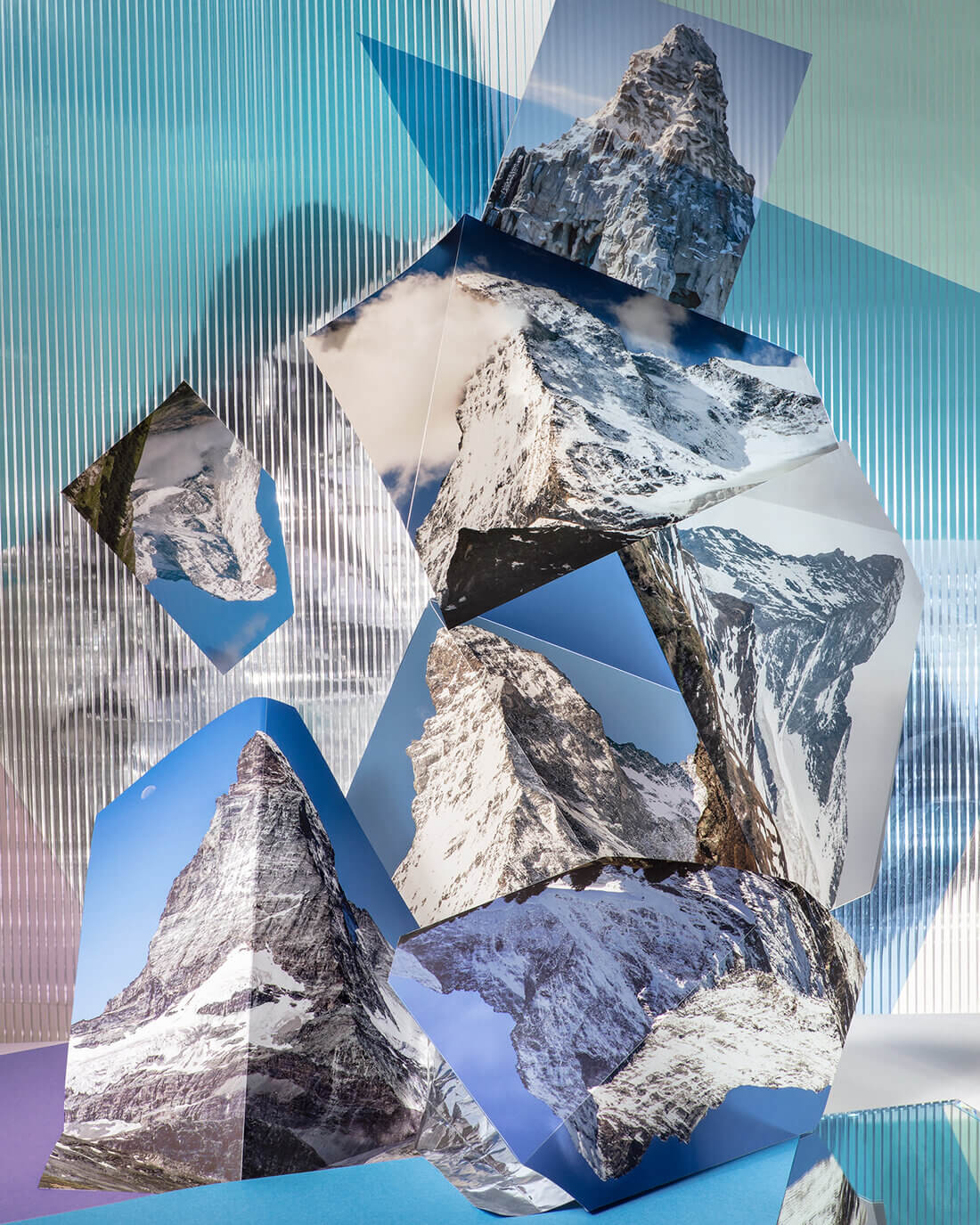
ANASTASIA SAMOYLOVA
Image © Anastasia Samoylova. See more at www.anasamoylova.com / @anasamoylova
Inspired, if that’s the right word, by the mundanity of search results when browsing “landscapes” on Google Images, Samoylova was compelled to create her own. Searching out copyright-free image libraries she prints them out, cuts and folds them, and assembles them into three-dimensional studio sculptures – themselves landscapes of sorts – which are then re-photographed.
The frame-filling results have a cubist feel to them, equal parts beautiful and bizarre. Rearticulating the idea of landscape photography, she presents images of creative beauty built from generic beauty, which ask us to reflect on the unfathomable and ever-growing sum of landscape images in circulation and how these impact our perception of nature.
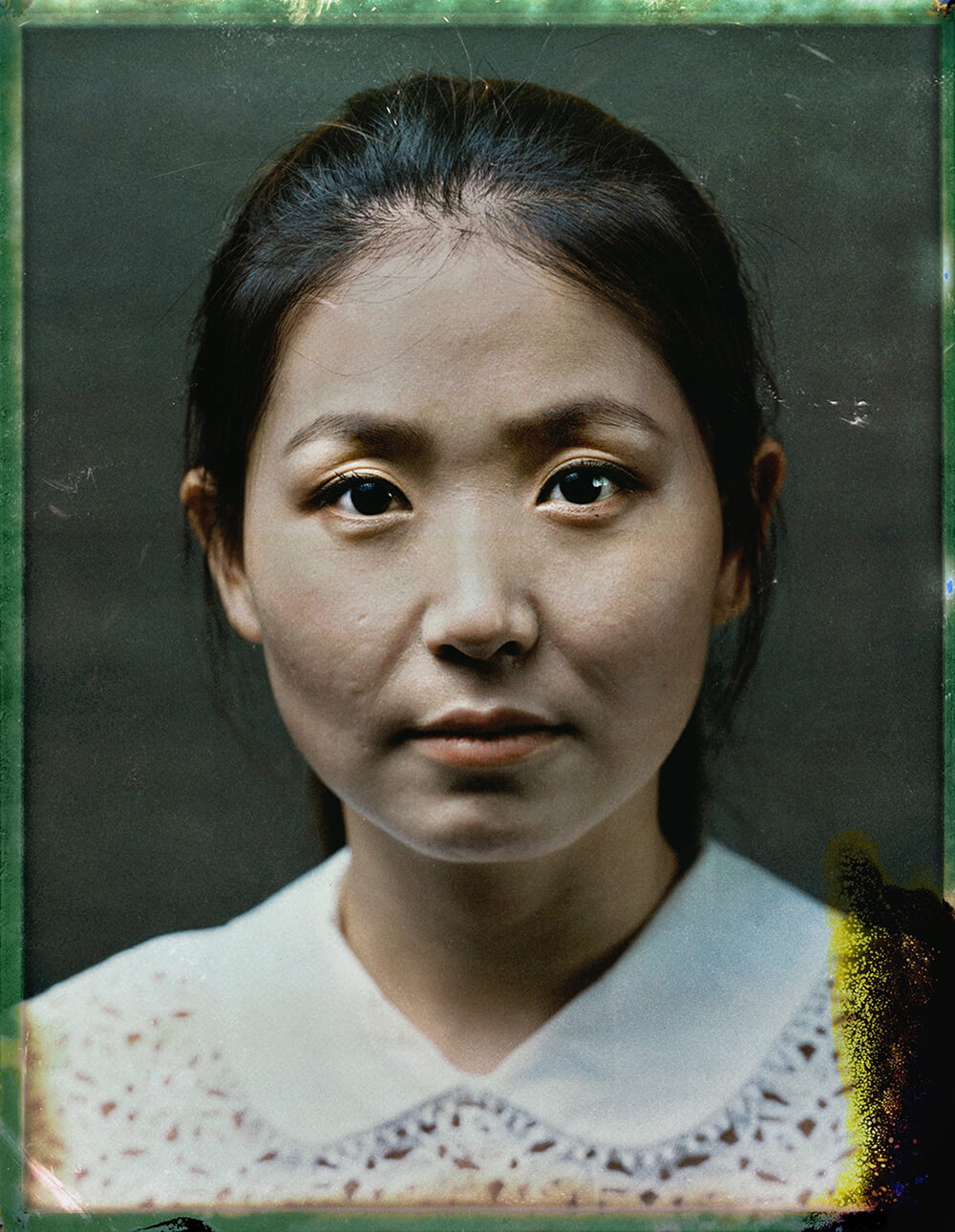
TIM FRANCO
Image © Tim Franco. See more at www.timfranco.com / @timfranco
For Franco’s series Unperson, he ventured to South Korea, in a bid to better understand its sibling to the north; the Democratic People’s Republic of Korea, or more commonly North Korea. This is a country rarely out of the news, and yet one shrouded in mystery, intrigue, and perhaps substantial hyperbole. He met with North Korean defectors – those who have escaped across the borders to China and South Korea – interviewing them, and asking them to sit for portraits.
The title Unperson was coined by George Orwell in his seminal dystopian novel 1984, as a term to describe someone whose records have been erased, and like those unfortunate ‘unpersons’ in 1984, Franco’s subjects have left a life that they can never return to, their histories essentially expunged. They are not supposed to exist, and yet through hardship, determination and some luck they live on in a new world.
The idea is aptly symbolized in the innovative analog method he uses for their portraits – through a series of complex trial-and-error chemical processes, the defectors’ portraits are revealed from the negatives of Polaroid film, in a manner in which they were never supposed to exist. He says of the process – “I used a 4×5 large format camera with peel-apart Polaroids. Once the photo is taken, I get a Polaroid image but also a negative paper sheet that is supposed to be useless. The trick is to first shoot the portrait with certain conditions that would made the negative usable, no matter how the Polaroid looks. Then by cleaning the portrait off the back of the negative with chemical agent, only the negative film remains.”.
